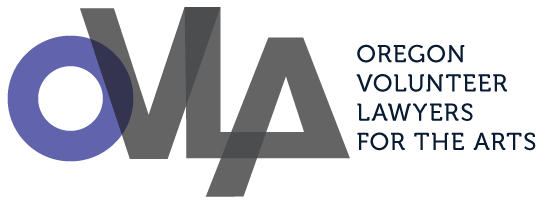Online Content Sharing, Part I: Safe Harbor
by Robert Parker
According to an annual study by Cisco, within three years, 85 percent of American internet consumption will be watching video, nearly all of which is protected by copyright. While most online video is licensed from the copyright holders, some of the most popular websites online are not content creators or licensees, but “online service providers” like YouTube, which allow users to post their own material and share with the world.
If that seems to you like a recipe for copyright infringement, the early years of the internet would indicate that you are correct. Although many service providers tried to take down infringing material as best as they could, as the process of posting and accessing online videos became more automated, it became very clear that the service providers were just not going to be able to keep up. At the same time, the anonymity of the internet made it difficult to stop people from posting online content, leaving copyright owners with little resource to keep their content off the internet.
This put the legal system at a crossroads: if there’s nothing we can do to stop people from posting and accessing infringing content online, how do we protect copyright owners’ interests without crippling the online sharing community? Keep in mind that the websites which hosted this plethora of infringing material were the same websites that the copyright owners themselves frequently used to proliferate their material, so most of them didn’t want to see sites like YouTube brought down any more than the rest of the online community.
Ultimately, the first step to finding a compromise was the Digital Millennium Copyright Act, or DMCA. Among other things, the DMCA and its subsequent additions created the service provider safe harbor clause, commonly simply called the “safe harbor” or “section 512” (because its location in the U.S. Code is 17 U.S.C. § 512). For the next few weeks, we will be posting some information on how the safe harbor works and how it affects various people. This week, we will provide some basic background on the safe harbor provision. In Part II, we will explain one of the most important elements of the safe harbor clause for content providers: takedown notices. Part III will address some of the drawbacks of the safe harbor and discuss a little about the future of safe harbor provisions.
What is the Safe Harbor Provision?
An important thing to remember about the safe harbor provision is that it does not grant service providers immunity from infringement claims. In the past, service providers argued that only the uploaders themselves should be held liable for any infringing content, particularly when they have automated upload processes. However, the law on infringement is that anyone who has control over the infringing material may be liable for any infringement that occurs, especially when that party is benefitting in some way from the infringement, such as receiving revenue for advertisements which appear next to the infringing content. That default rule still holds true today; if a company like YouTube knows, or has reason to know, that a video is posted on its website which infringes a copyright, the company has a part in the unlawful copying of that video.
The safe harbor provision creates a list of precautions that every service provider is expected to take in order to keep infringing material off its website. So long as the service provider adheres to all of those precautions, it cannot be held liable for any infringing material that the system fails to catch. The safe harbor does not protect the individuals who post infringing content (nor does a statement saying ‘no infringement intended’).
The required precautions are:
The service provider must expeditiously remove any content from the site that it knows or has reason to know is infringing on another person’s copyright
The service provider cannot ignore red flags that infringing content might have been uploaded
The service provider cannot receive any direct financial benefit from infringing material
The service provider must provide an easy way to provide it with takedown notices by owners of infringing copyrights (this goes hand-in-hand with the requirement to actually take that content down)
The service provider must have registered a designated copyright agent with the U.S. Coypright Office and post contact information for that designated agent on the service provider's website.
As you can see, taking advantage of the safe harbor provision requires more than simply signing up and sitting back—it requires constant vigilance by service providers, and as we will see in part III, service providers who drag their feet on any of the requirements or push back too much against claims of infringement take a risk of opening themselves to total liability for any infringement that they know or financially benefit from.
Online Content Sharing, Part II: Takedown Notices
Online Content Sharing, Part III: Is It Working?
